Laowa 15mm 1:1 wideangle macro
INTRODUCTION
Wideangle or environmental macro as it is sometimes called is a lesser known genre of traditional close-up photography, but one that is gaining popularity among the macro fraternity. The concept is to show the subject in close-up and set within the context of its environment, unlike the traditional approach where the emphasises is on the subject rather than its background. The technique is probably more often applied to plants and fungi rather than active creatures since the lens-to-subject distance is exceptionally close making it more challenging to achieve acceptable results.
This is a field-based assessment and not a technical review which is somewhat different. These are my findings and suggestions; others may have a different opinion however, I wanted to evaluate how challenging this lens would be to use in the field when working at very close distances to the subject.
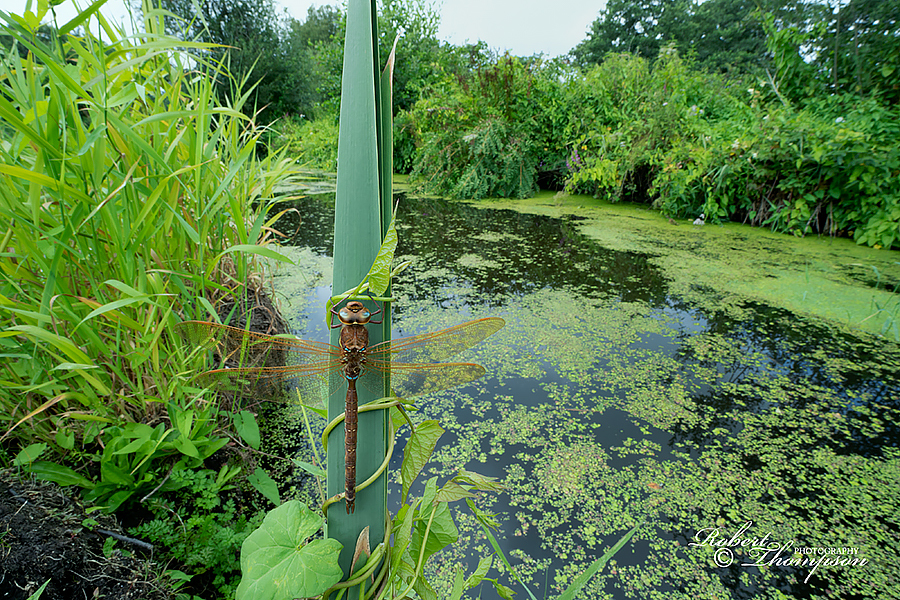
Brown Hawker Aeshna grandis male
I received a package from UK Optics, who are the distributors for Laowa lenses manufactured by a Chinese company called Venus Optics; founded by a group of dedicated macro enthusiasts. Since its formation, they have gone on to produce a wide range of specialist accessories and lenses for macro in most of the popular camera mounts. Ultra wide-angle lenses are not commonly associated with close-up photography in the traditional sense; however, I do use them when opportunities present themselves for in-situ photographs. The Laowa 15mm f/4 1:1 wideangle macro, as far as I know, is the only ultra wideangle lens to offer lifesize reproduction. What makes this lens stand out from the rest is its close focusing capabilities allowing the photographer to achieve much greater magnifications of the subject while taking advantage of the increased angle of view.
First impressions
On opening the box, I was surprised at how small the lens was, I expected it to be larger, but that’s no disadvantage. It comes with a lens hood which is fine for regular photography, but in close-up, every millimetre counts since the lens-to-subject distance at higher magnifications is down to millimetres; 4.7 to be exact at 1:1. The lens is an all-metal design, robust with a filter thread of 77mm, and an angle of view of 110°on a full-frame sensor and 85°on APS-C sensor. The lens weighs 410g and is available in the following mounts, Nikon, Canon, Sony, Fuji and Pentax. What makes this lens different from any current conventional ultra wide angles is its exceptional minimum close focusing distance. A facility that allows you to reproduce subjects at increased magnifications, while still taking advantage of the wider angle of view. The lens also has a built-in shift function of +/- 6mm attached to the vertical axis; this works best on an APS-C sized sensor, however, on a full frame there will be significant vignetting. Focus rotation and travel between 1:1 and infinity is quite short considering it’s essentially a macro lens.

Laowa 15mm wideangle macro
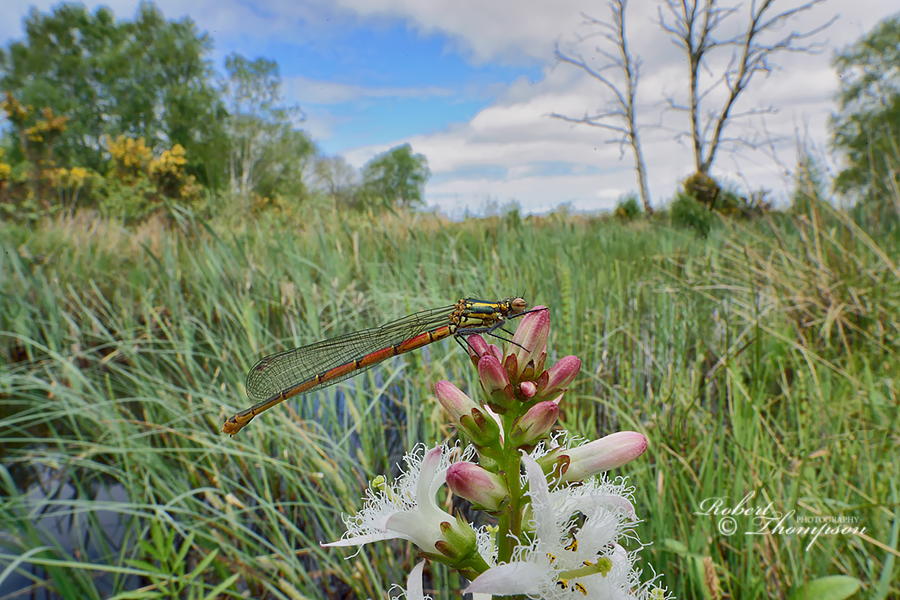
Large Red Damselfly Pyrrhosoma nymphula
I should also point out that this is an ‘all manual’ lens in every sense of the word. There is no automatic coupling to the meter, therefore, aperture selection, metering and focusing have to be carried out manually. Those of you that are not accustomed to lens reversal and stop-down metering; a technique used in the days of film to obtain higher magnifications, might find themselves a little out of their comfort zone with this lens. However, do not let this put you off; with a little practice it quickly passes, and I had no problem adapting to it at all. Focusing is exceptionally smooth and precise. I still prefer to use the viewfinder in most situations for focusing; I guess old habits die hard, but ‘Live View’ works equally as well especially when the lens is stopped down. Connection to the camera is exact with no play.
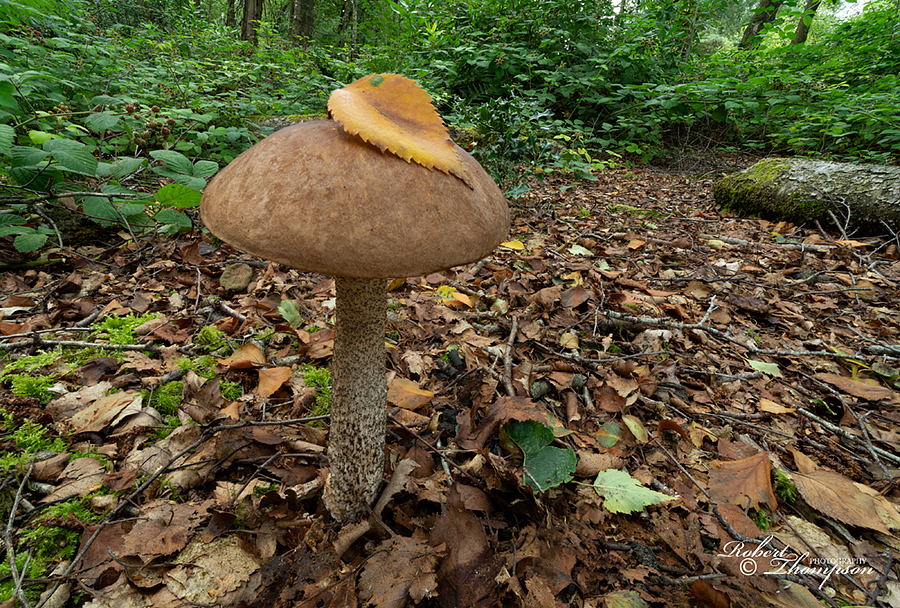
Brown Birch Bolete Leccinum scabrum
Being an ultra wideangle lens distortion is going to be present in some form. Is this a real issue in terms of macro; probably not in most cases? Like other ultra wideangles, it will be evident in some subjects more than others. Modern software is well equipped to deal with so of it. However, as you gain experience with the lens you will easily identify situations where it may be more apparent.
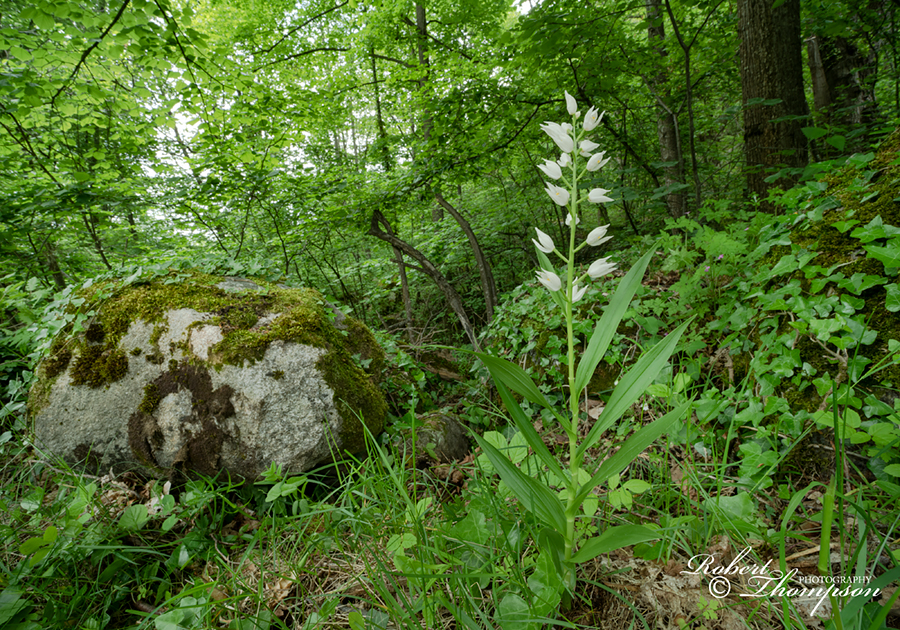
Sword-leaved Helleborine Cephalanthera longifolia
IN THE FIELD
While it is possible to use this lens on a range of subjects, however, flowers and fungi as already stated are ideally suited to wideangle macro. Most are of a reasonable size and in many cases close to the ground. Some grow in quite scenic localities with attractive backdrops which bring the best out in this lens.
Photographing insects at such close quarters poses more of a problem. Larger species, for example, butterflies can be approached when confined to the vegetation Larger dragonflies mantids, beetles are also achievable since they are mostly inactive when at rest. Smaller insects are much more challenging since they require higher magnifications usually beyond half life-size which is not feasible in many cases without a complicated setup. I have experimented with some smaller species, but it can be very hit and miss. When things do come together, you can achieve some amazing results.
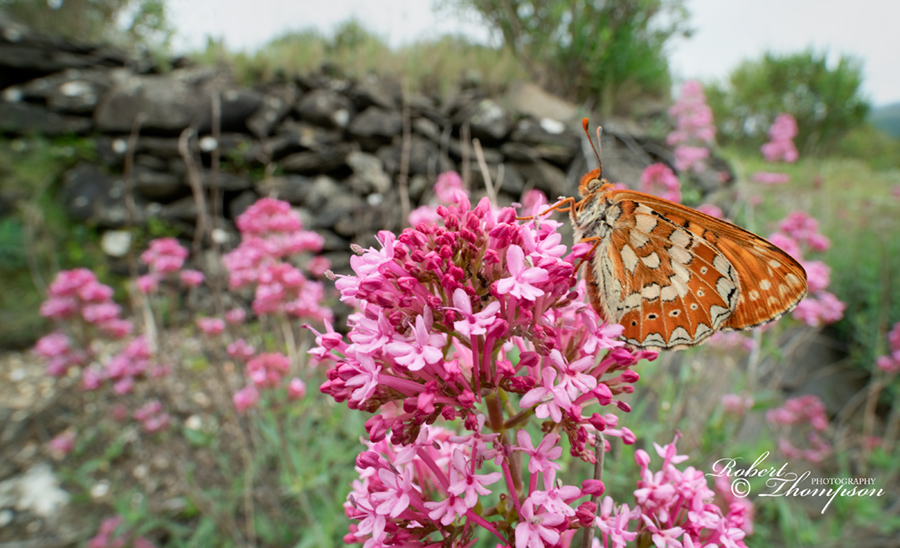
Marsh Fritillary Euphydryas aurinia ssp beckeri
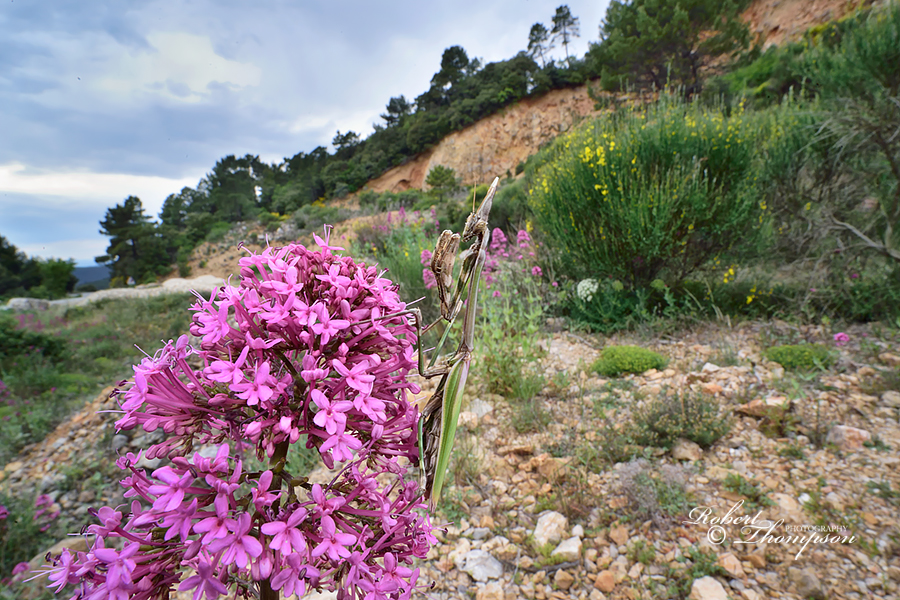
The short working distance also raises other challenges regarding lighting. The front of the lens naturally casts a shadow on the subject if used in sunlight which is difficult to illuminate evenly when the lens is so close. My immediate thoughts were to use one of my SB200 flash units which I could just about manoeuvre at the top of the lens, making sure that it did not go beyond the lens rim as it would appear in the field of view. Although this worked in most cases it is not a long-term solution as I had to close the diaphragm on the lens with one hand and operate the shutter with the other; only after the lens was stopped down could I pick up the flash unit. It’s not a major inconvenience with a static subject but is more likely to cause issues with an active insect. However, I see this as work in progress; there is equipment out there that can provide a more convenient way of dealing with the lighting problem. On overcast days I had no real issue with illumination.
A FINAL WORD
For anyone who wants to pursue this technique, this lens will be a valuable addition to their kit. It is also reasonably priced, so it doesn’t break the bank. No ultra wideangle, in my opinion, can easily replicate the results produced by this lens. The optics are extremely sharp, and the lens does produce some amazing results. There is no doubt that it’s pushing the boundaries in the macro world to higher levels. It’s also refreshing to see a company that is committed to producing innovative equipment that goes beyond the conventional approach adopted by virtually all of the major brands. If macro is to develop in the future, we need companies like Venus Optics that are prepared to invest and create equipment that allows us to take macro to another level. I feel in recent times, particularly post digital that most of the major brands have neglected this area producing revamped macro lenses with little attention paid to other accessories that are equally important.
The Laowa 15mm f/4 1:1 wideangle macro makes a great addition to the field kit. Anyone interested in wideangle macro should, in my opinion, explore the possibilities of this lens if you want to add an extra dimension to your photography. At £499 it’s very keenly priced and represents great value for money compared to conventional brand lenses.
UK Digital are the sole importers for Laowa products in the UK. Further information can be found on their website. https://www.ukdigital.co.uk

